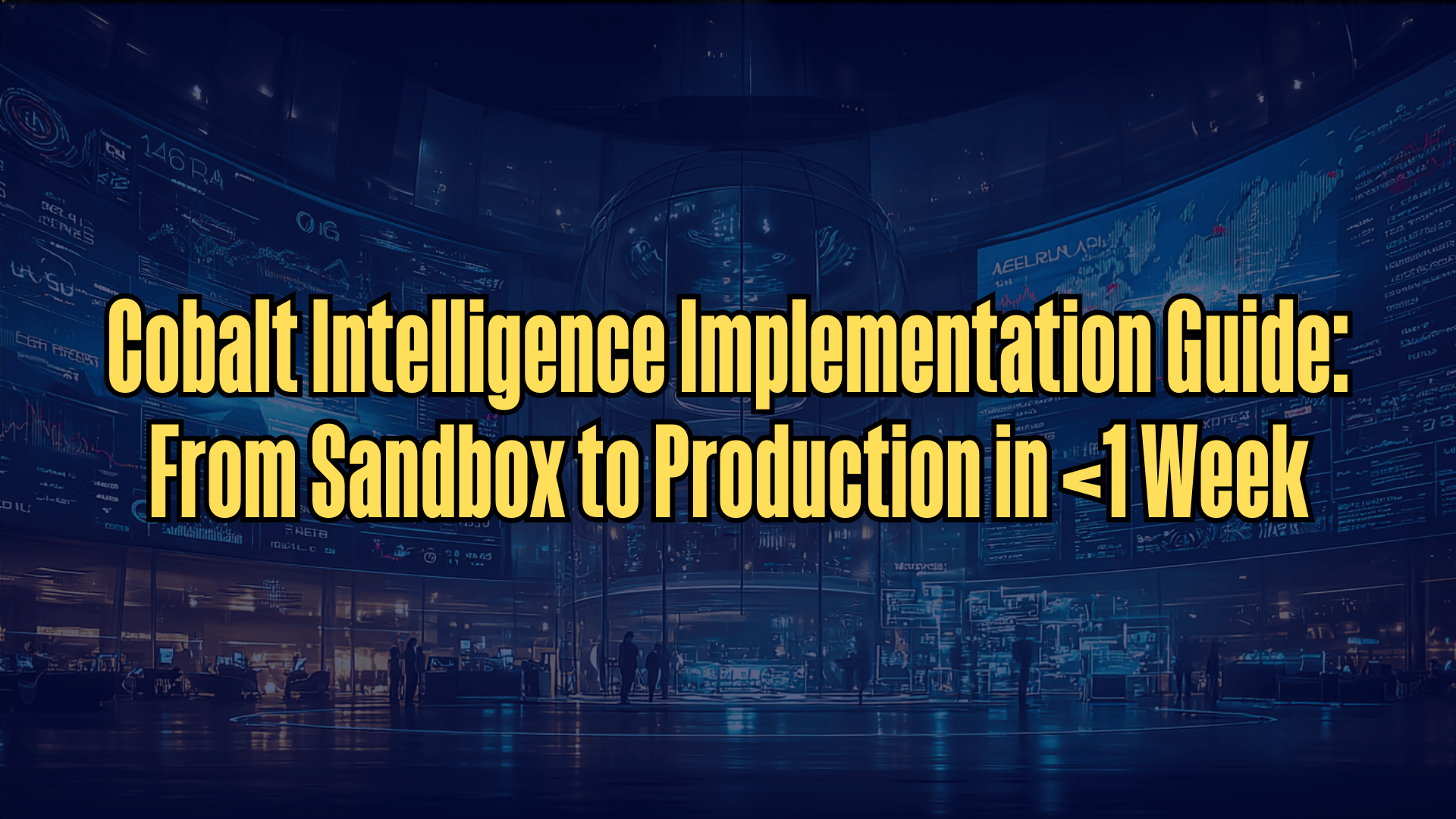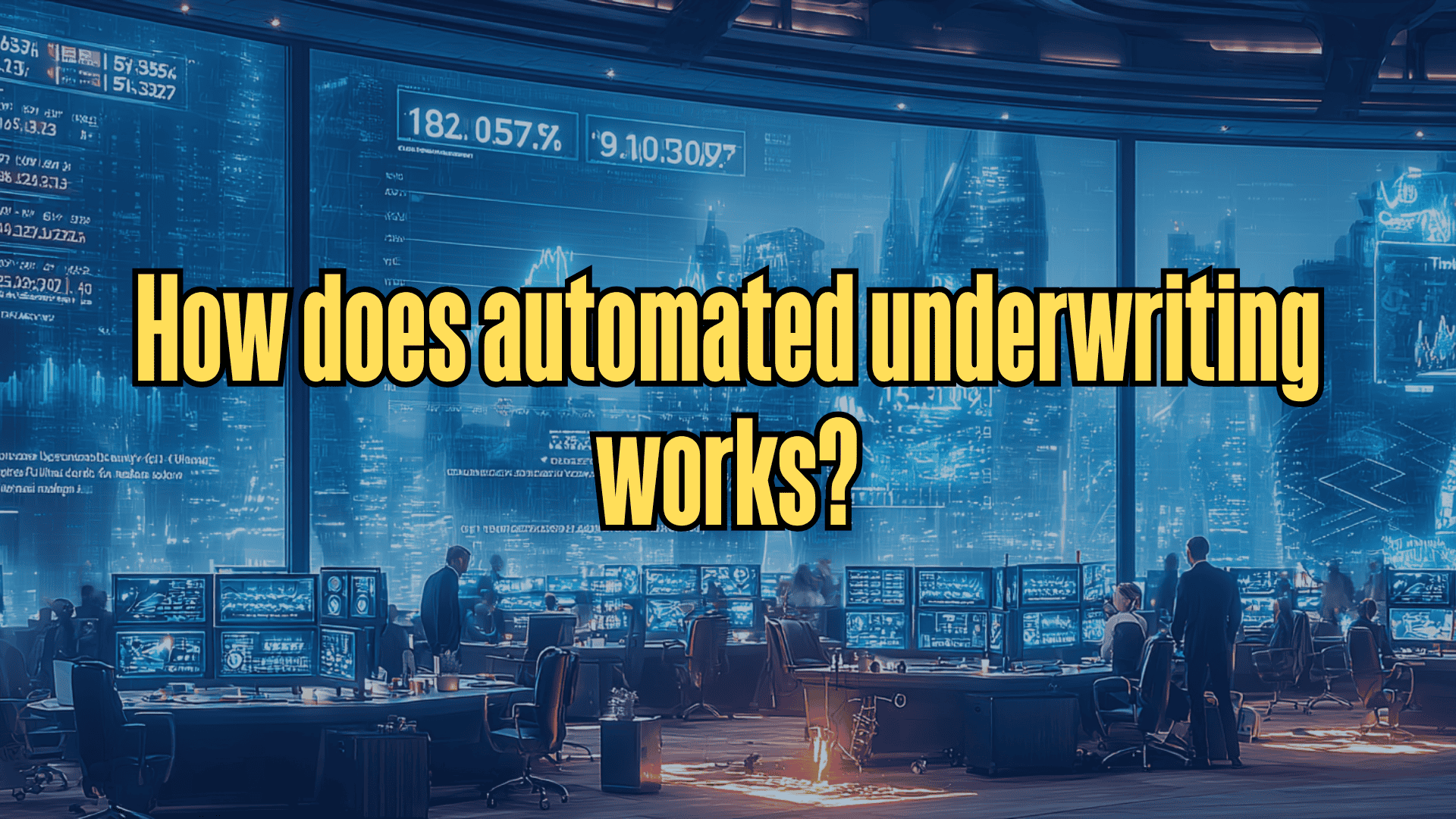1. Legislative Support and Incentives
New legislation and policies, such as the City of Yes rezoning and state tax incentives, have made office conversions more viable by providing a supportive regulatory environment.
For example, New York has enacted a 90% property tax exemption for properties with at least 25% of units set aside for affordable housing.
2. Market Demand for Housing
The ongoing housing shortage in major U.S. cities, coupled with declining demand for office space due to remote work trends, has created a strong market for residential conversions.
This shift is driven by the need for affordable housing options and the desire to revitalize urban areas.
3. Financial Viability
The cost of financing has become more attractive, with lower interest rates and increased competition among lenders, making office conversions financially more feasible.
Additionally, government incentives and tax credits, such as Ohio's Historic Preservation Tax Credit, further enhance the financial appeal of these projects.
4. Increased Confidence Among Lenders
As economic conditions stabilize and interest rates soften, lenders are gaining confidence in funding office conversions, viewing them as opportunistic investments despite the challenges in the office sector.
This confidence is reflected in the rising number of planned conversions, with over 71,000 units anticipated by 20254.
Overall, the combination of legislative support, market demand, financial incentives, and lender confidence is driving the growth in office-to-residential conversions.
Alternative lenders Unique Challenges Requiring Granular Due Diligence
While macroeconomic factors such as interest rate fluctuations, inflation rates, and overall economic health can significantly influence the level of interest in loan conversions, alternative lenders often encounter distinctive challenges that necessitate a more detailed and meticulous due diligence process.
1. Hidden Cost Catalysts
- Structural Reconfiguration costs often exceed $500/SF in pre-1980s towers due to:
- Retrofitting small floor plates for residential plumbing/sewage systems
- Replacing single-pane windows to meet energy codes ($200-$400/SF)
- Core drilling for HVAC/electrical in concrete-frame buildings
- Soft Cost Overruns: 72% of conversion projects experience 15-30% budget overruns from permitting delays and design revisions
Case Example: Chicago's LaSalle Street conversions required $151M in public subsidies to offset 40% cost overruns from asbestos remediation and facade upgrades.
2. Location-Driven Viability
3. Timeline Realities
- Approval Timelines: 14-26 months for zoning/entitlements in restrictive markets like Boston
- Construction Durations: 30% longer than ground-up multifamily due to phased tenant relocations (e.g., Salt Lake City's South Temple Tower took 38 months vs. 24-month average)
4. Underwriting Benchmarks
Conservative lenders are using:
- 55-65% LTV for Class B/C conversions vs. 70-75% for conventional multifamily
- 8-12% Interest Rate premiums reflecting construction risk
- 25% Contingency Reserves for change orders
Emerging Solutions:
- EB-5 Financing: 45% of DC conversions use immigrant investor programs to bridge equity gaps
- PACE Loans: 20-year terms for energy upgrades at 5-7% rates
Strategic Opportunities:
While only 12% of office stock is conversion-viable, lenders targeting pre-1980s Class C buildings in walkable downtowns (Walk Score >85) with existing transit access see 19% IRR potential when combining:
- State tax credits (up to 25% basis reduction in OH/MA)
- C-PACE financing for mechanical upgrades
- Local density bonuses (e.g., +2 FAR in NYC conversions)
This risk/reward profile explains why 52% of 2024 conversion loans carried 12-18% interest rates with personal guarantees, despite the sector's growth.
Sources: Construction cost benchmarks 3, 11, subsidy programs 8, 13, market viability data7, 9, lender terms from industry reports 2, 12












.png)